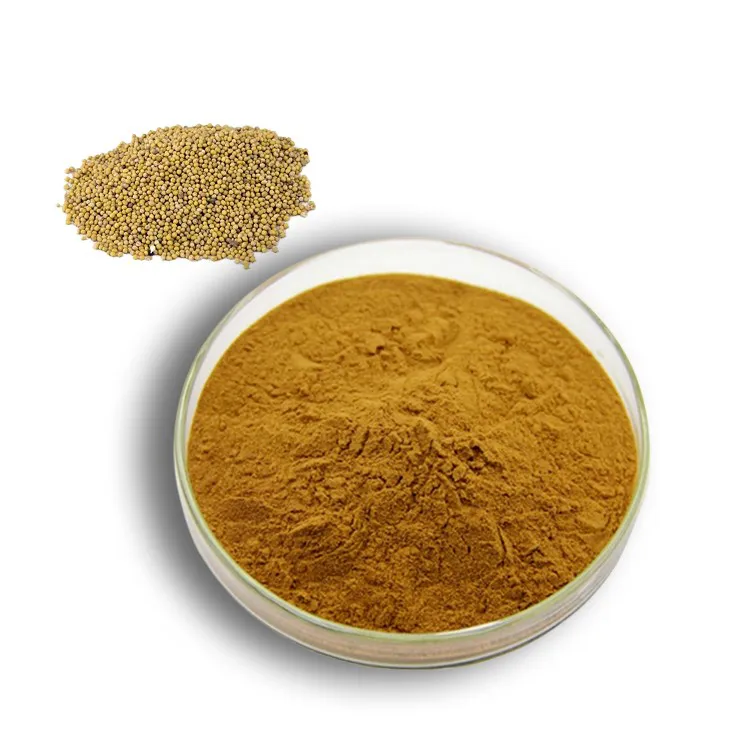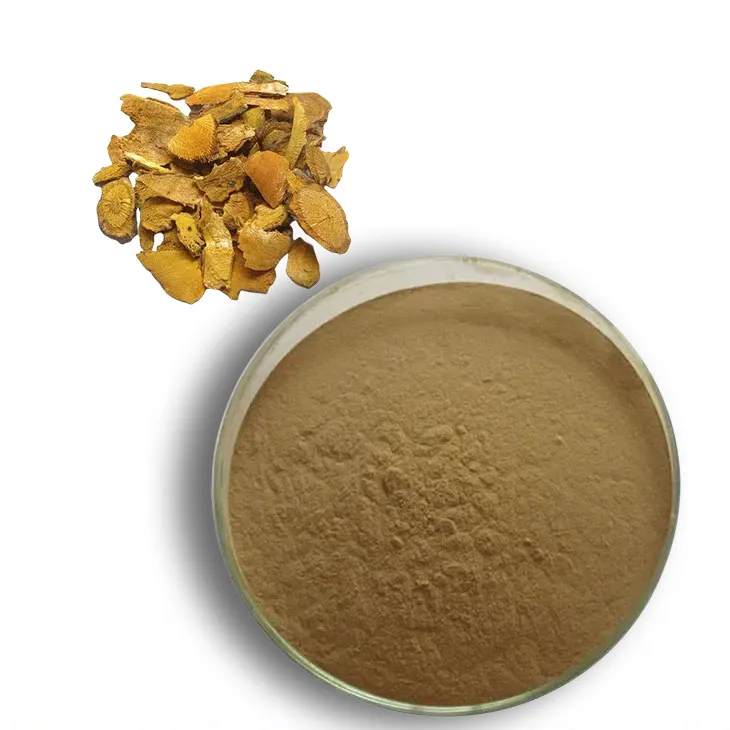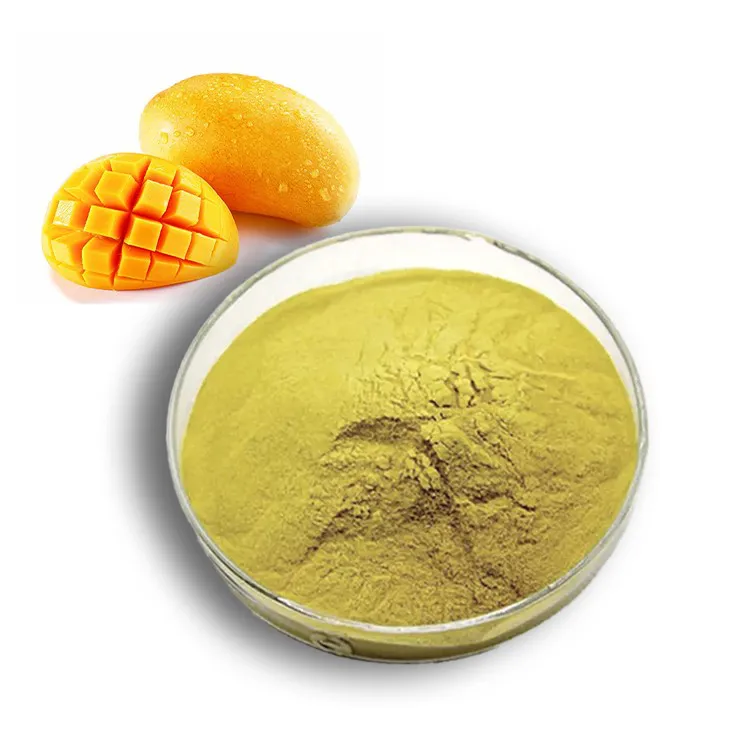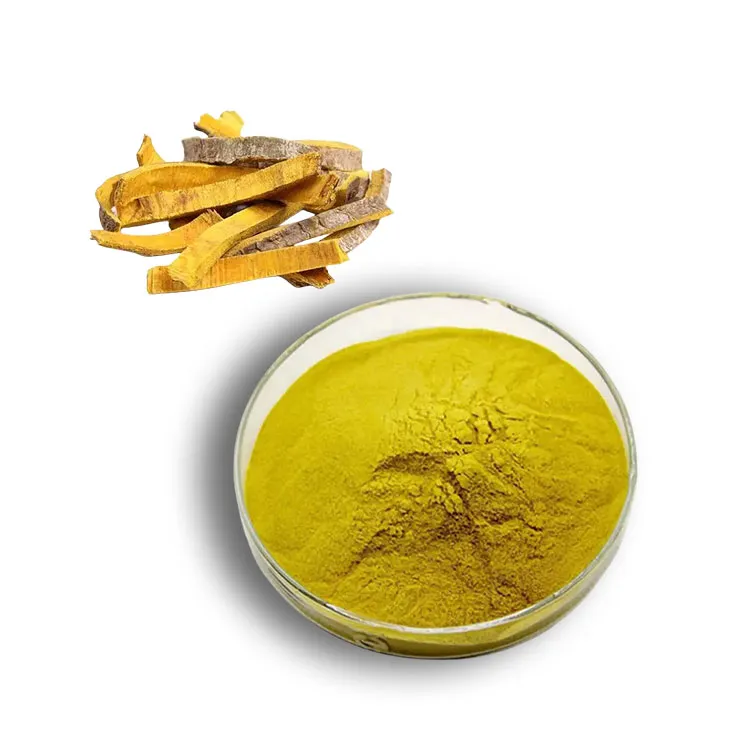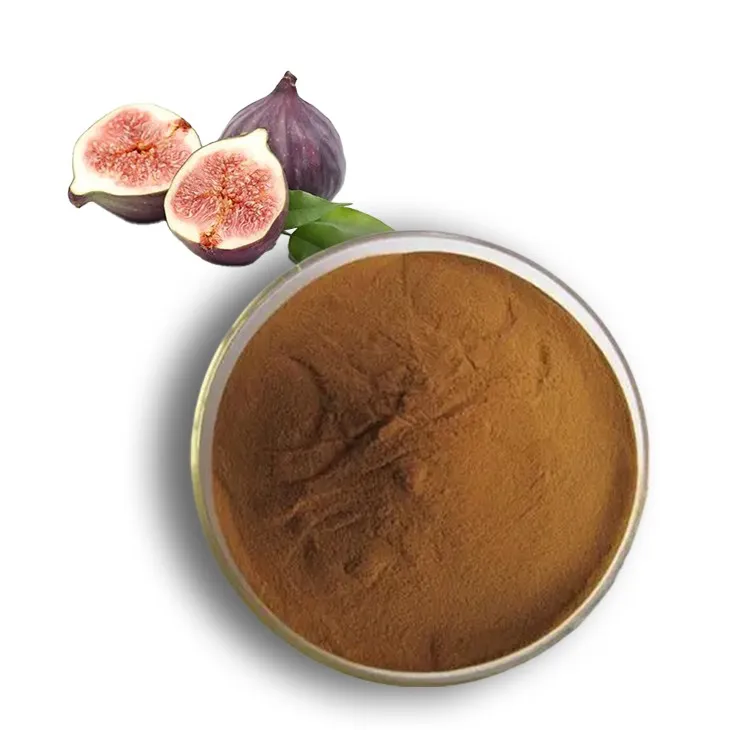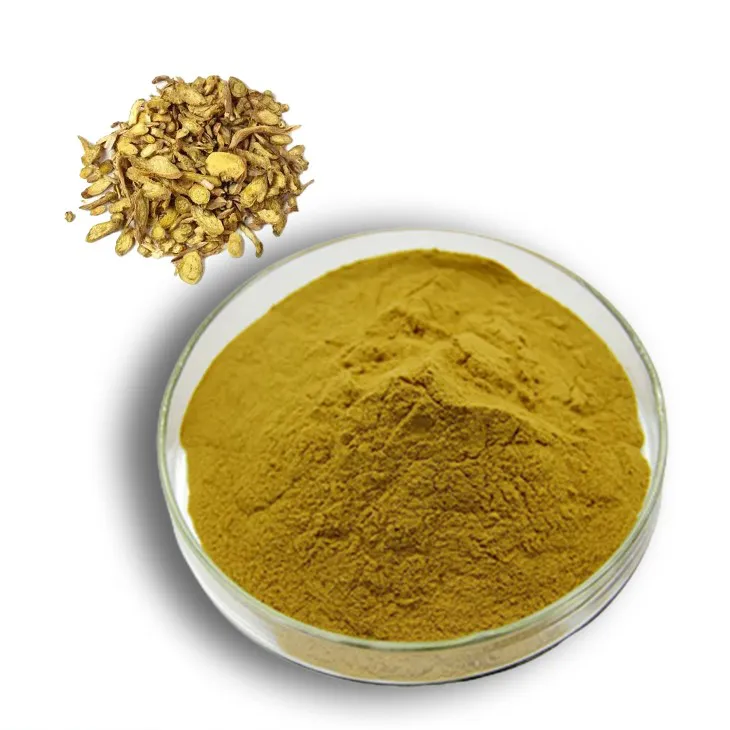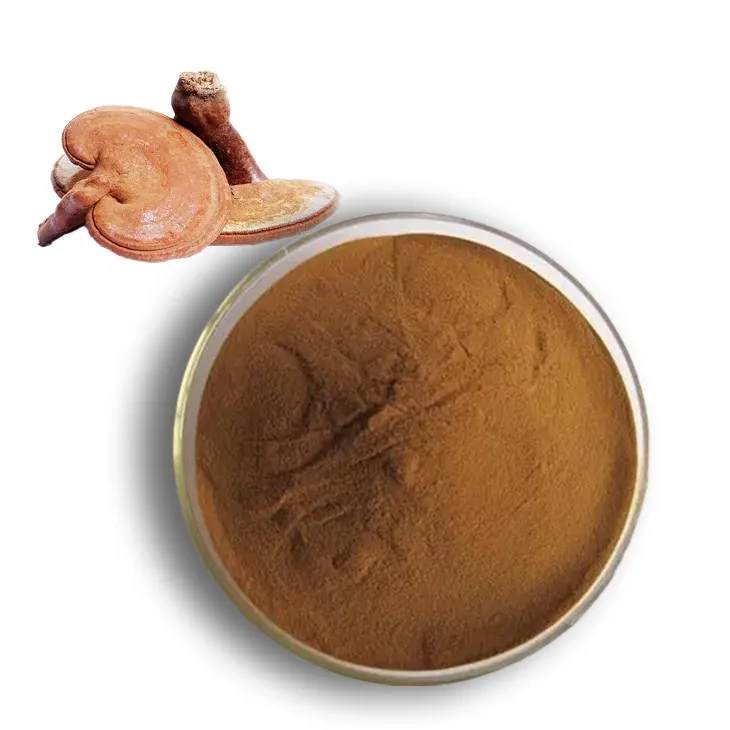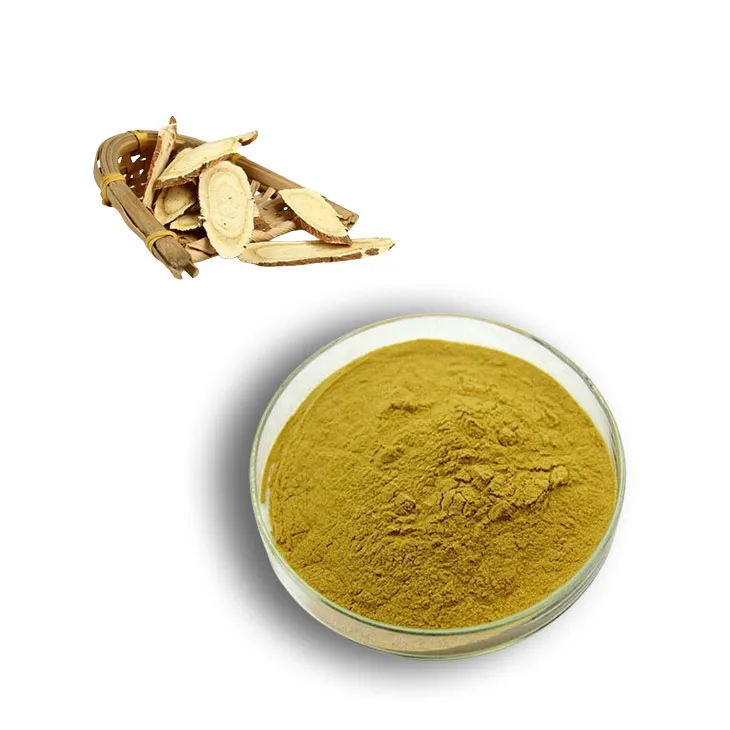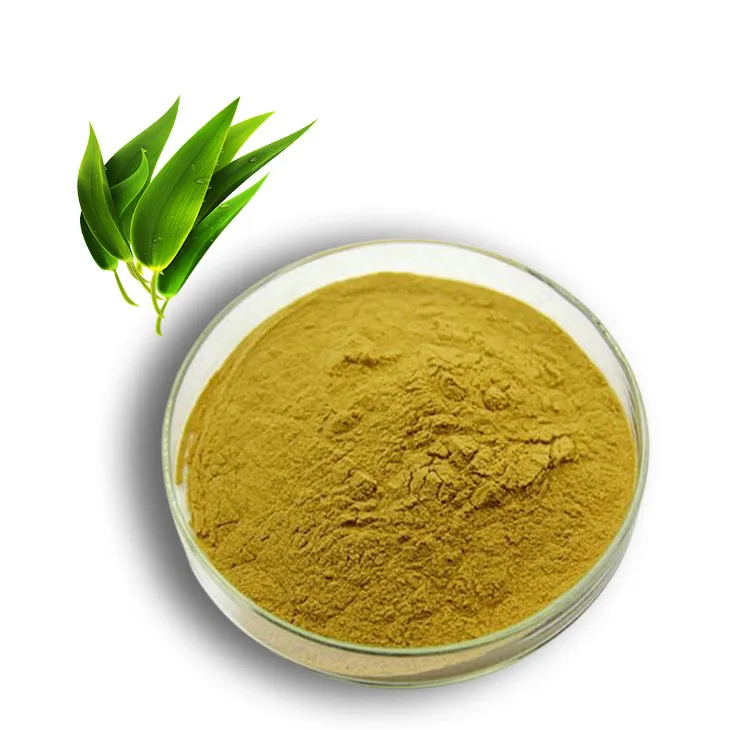- 0086-571-85302990
- sales@greenskybio.com
what foods have lycopene
2023-09-27
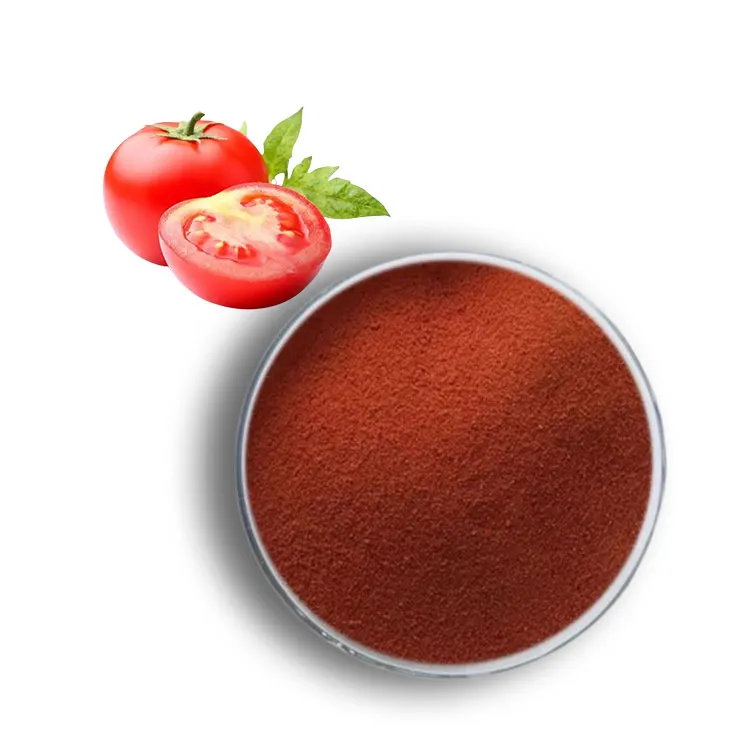
1. Health Benefits of Lycopene
1. Health Benefits of Lycopene
Lycopene is a powerful antioxidant that belongs to the carotenoid family, which is responsible for the red color found in many fruits and vegetables. It is a naturally occurring pigment that is not only beneficial for its vibrant color but also for its numerous health benefits. Here are some of the key advantages of lycopene:
1.1 Antioxidant Properties
Lycopene is known for its strong antioxidant capabilities. Antioxidants are essential for neutralizing free radicals in the body, which are unstable molecules that can cause damage to cells and contribute to the aging process and various diseases.
1.2 Cardiovascular Health
Research has shown that lycopene can help lower the risk of heart disease. It may reduce inflammation and oxidative stress, which are both factors that contribute to heart problems. Additionally, it can help lower bad cholesterol (LDL) levels and improve overall heart health.
1.3 Cancer Prevention
Lycopene has been linked to a reduced risk of certain types of cancer, particularly prostate, lung, and stomach cancers. Its antioxidant properties help protect cells from damage that can lead to the development of cancer.
1.4 Skin Health
The antioxidant properties of lycopene also benefit the skin. It can help protect against sun damage and reduce the appearance of fine lines and wrinkles, promoting a more youthful and healthy complexion.
1.5 Bone Health
Some studies suggest that lycopene may play a role in maintaining bone health, potentially reducing the risk of osteoporosis by promoting bone mineralization.
1.6 Eye Health
Lycopene can help protect the eyes from age-related macular degeneration, a leading cause of vision loss in older adults. The antioxidant properties of lycopene can help prevent the oxidative stress that contributes to this condition.
1.7 Immune System Support
Lycopene can boost the immune system by reducing inflammation and supporting the body's natural defenses against infections and diseases.
In summary, lycopene is a vital nutrient that offers a wide range of health benefits, from protecting against chronic diseases to promoting overall well-being. Incorporating lycopene-rich foods into your diet can be an effective way to harness these benefits and support a healthy lifestyle.
2. Foods Rich in Lycopene
2. Foods Rich in Lycopene
Lycopene is a powerful antioxidant and carotenoid found in a variety of red-colored fruits and vegetables. It plays a crucial role in maintaining good health and has been linked to numerous health benefits. Here are some of the top food sources rich in lycopene:
1. Tomatoes and Tomato Products: Tomatoes are one of the most well-known sources of lycopene. They can be consumed raw, cooked, or in the form of tomato sauce, paste, or juice. Cooking tomatoes with a bit of fat, such as olive oil, can enhance lycopene absorption.
2. Watermelon: This refreshing fruit is not only a great source of hydration but also contains a significant amount of lycopene. Its sweet and juicy nature makes it a popular choice during the summer months.
3. Grapes: Red and purple grapes, particularly those with a deeper hue, are rich in lycopene. They can be eaten as a snack or used in various recipes, including salads and smoothies.
4. Red Bell Peppers: These peppers are not only a staple in many cuisines but also a rich source of lycopene. They can be consumed raw, grilled, or roasted and are often used in salads, stir-fries, and salsas.
5. Paprika: Derived from ground red peppers, paprika is a spice that is high in lycopene. It is commonly used in various dishes, particularly in Hungarian and Spanish cuisines, to add flavor and color.
6. Pink Guava: This tropical fruit is not only delicious but also contains a high amount of lycopene. It can be eaten fresh or used in juices and smoothies.
7. Red Cabbage: With its vibrant color and crunchy texture, red cabbage is a nutritious addition to salads, coleslaws, and stir-fries. It is a good source of lycopene and other beneficial nutrients.
8. Acerola Cherry: These small, tart cherries are packed with lycopene and vitamin C. They can be consumed fresh or used in juices and smoothies.
9. Pomegranate: Known for its antioxidant properties, pomegranate is another fruit that contains lycopene. The seeds can be eaten fresh or used in various dishes and beverages.
10. Raspberries: While not as high in lycopene as some other fruits, raspberries still contribute to your daily intake and are a delicious addition to a balanced diet.
11. Strawberries: Although they are not as rich in lycopene as some other red fruits, strawberries still offer a modest amount of this beneficial compound.
12. Cranberries: These small, tart berries are another source of lycopene. They are often used in sauces, juices, and as a component in various recipes.
Incorporating these lycopene-rich foods into your diet can provide a range of health benefits, from improved heart health to enhanced immune function. The next section will provide cooking tips to help maximize the absorption of lycopene from these foods.
3. Cooking Tips to Maximize Lycopene Absorption
3. Cooking Tips to Maximize Lycopene Absorption
To ensure that you're getting the most out of the lycopene in your diet, it's important to understand how to prepare and cook foods that are rich in this nutrient. Here are some cooking tips that can help maximize lycopene absorption:
1. Cooking Methods: Lycopene is more bioavailable when tomatoes are cooked or processed. This is because heat helps to break down the cell walls of the tomato, making the lycopene more accessible for absorption. Cooking methods such as boiling, baking, or making tomato sauce can be beneficial.
2. Use of Oil: Lycopene is fat-soluble, meaning it dissolves in fats and oils. Adding a small amount of healthy oil, such as olive oil, to your tomato-based dishes can enhance the absorption of lycopene. This is because the fat helps transport lycopene through the digestive system.
3. Pair with Carotenoid-Rich Foods: Combining tomato-based dishes with other carotenoid-rich foods can also improve the absorption of lycopene. Foods rich in carotenoids, such as carrots, sweet potatoes, and spinach, can work synergistically with lycopene to enhance its bioavailability.
4. Avoid Overcooking: While cooking can help release lycopene, overcooking can destroy it. Be mindful of cooking times to ensure that you're not losing the beneficial compounds.
5. Use Fresh and Ripe Tomatoes: The ripeness and quality of the tomatoes you use can impact the amount of lycopene they contain. Choose fresh, ripe tomatoes for the highest lycopene content.
6. Store Correctly: Proper storage of tomatoes can help preserve their lycopene content. Keep tomatoes at room temperature and away from direct sunlight to maintain their nutritional value.
7. Blend or Puree: Blending or pureeing tomatoes can also help release more lycopene. This is particularly useful when making tomato sauces or soups.
8. Incorporate into Dishes: Try to incorporate lycopene-rich foods into a variety of dishes. This not only diversifies your diet but also helps you consume lycopene in different forms, which can be beneficial for absorption.
9. Eat with a Balanced Diet: A balanced diet that includes a variety of fruits, vegetables, and healthy fats can support overall health and enhance the absorption of lycopene.
By following these cooking tips, you can ensure that you're getting the most out of the lycopene in your diet. This nutrient-rich compound can contribute to a healthier lifestyle and help reduce the risk of various diseases.
4. Conclusion and Dietary Recommendations
4. Conclusion and Dietary Recommendations
Lycopene is a powerful antioxidant and phytochemical that offers numerous health benefits, including reducing the risk of certain cancers, promoting heart health, and supporting skin health. Incorporating lycopene-rich foods into your diet is a wise choice for those looking to improve their overall health and well-being.
To maximize the health benefits of lycopene, it's essential to consume a variety of lycopene-rich foods, such as tomatoes, watermelon, pink grapefruit, guava, and red bell peppers. These foods not only provide lycopene but also other essential nutrients that contribute to a balanced diet.
Additionally, cooking tips can help enhance the bioavailability of lycopene. Cooking tomatoes, for example, can increase lycopene levels and make it more readily absorbed by the body. Combining these foods with healthy fats, such as olive oil, can further improve lycopene absorption.
In conclusion, lycopene is a vital nutrient that plays a crucial role in maintaining good health. By incorporating lycopene-rich foods into your diet and following cooking tips to maximize absorption, you can ensure that you're getting the most out of this beneficial compound.
Dietary recommendations include:
1. Consuming a variety of lycopene-rich foods to ensure a diverse range of nutrients.
2. Cooking tomatoes and other lycopene-containing foods to enhance bioavailability.
3. Combining lycopene-rich foods with healthy fats to improve absorption.
4. Aiming for a balanced diet that includes plenty of fruits and vegetables, including those high in lycopene.
By following these recommendations, you can enjoy the many health benefits of lycopene and support a healthier lifestyle.
- ▶ Hesperidin
- ▶ Citrus Bioflavonoids
- ▶ Plant Extract
- ▶ lycopene
- ▶ Diosmin
- ▶ Grape seed extract
- ▶ Sea buckthorn Juice Powder
- ▶ Fruit Juice Powder
- ▶ Hops Extract
- ▶ Artichoke Extract
- ▶ Mushroom extract
- ▶ Astaxanthin
- ▶ Green Tea Extract
- ▶ Curcumin
- ▶ Horse Chestnut Extract
- ▶ Other Product
- ▶ Boswellia Serrata Extract
- ▶ Resveratrol
- ▶ Marigold Extract
- ▶ Grape Leaf Extract
- ▶ New Product
- ▶ Aminolevulinic acid
- ▶ Cranberry Extract
- ▶ Red Yeast Rice
- ▶ Red Wine Extract
-
White mustard seed extract
2023-09-27
-
Marigold Extract
2023-09-27
-
Polygonum Cuspidatum Extract
2023-09-27
-
Mango flavored powder
2023-09-27
-
Phellodendron Extract
2023-09-27
-
Fig Extract
2023-09-27
-
Baicalin
2023-09-27
-
Reishi mushroom extract
2023-09-27
-
Licorice Root Extract Powder
2023-09-27
-
Bamboo Leaf extract
2023-09-27











